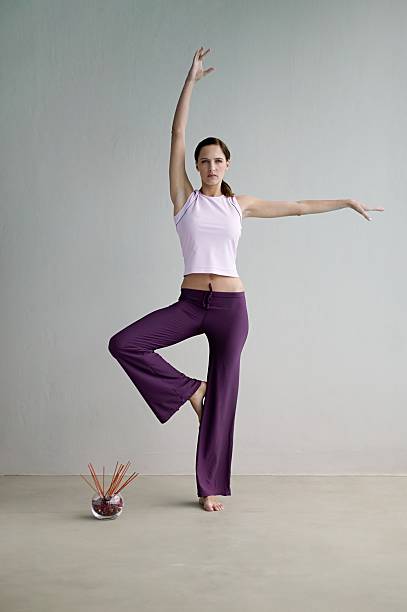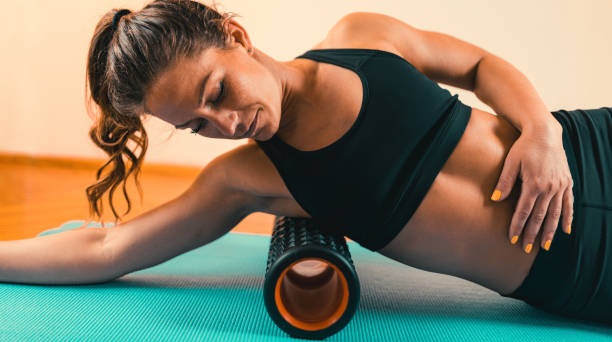How Balance Functions in Reality
As we walk, run, jump, or stand, we must balance, which demands muscle mass. In addition to providing us with strength, our muscles support proper alignment of our bones and joints, which keeps us standing. However, in order to balance, three main sensory systems must work together. The first is the visual system, which is quite straightforward. The somatosensory system, which also includes nerve receptors that allow us to feel and touch things and perceive our body in space, is another (known as proprioception). The vestibular system, a small but intricate inner ear system that reacts to gravity, is the third.
All three systems contribute information, but for the majority of us, the visual system is the main one. A sequence of brain impulses are sent when we see what is in front of us and around us, and these messages serve as an instant, reassuring fact-check: everything in your environment is upright and pointing in the right direction, so you must be doing the same. This is the reason why so many people find it difficult to balance on one foot while keeping their eyes closed, claims Fabio Comana, a lecturer at the School of Exercise and Nutritional Sciences at San Diego State University. “In balancing training, however, we may also instruct someone to close their eyes. The other two sense systems can get stronger without the visual.”
Age-Related Changes in Balance
For persons 65 and older, accidental accidents are the seventh most common cause of mortality (just behind diabetes), although our balance can be damaged long before we are eligible for Social Security. However, as early as our 30s, we start to lose that vital muscle mass and undergo age-related degradation in the visual, somatosensory, and vestibular systems. We may imagine of age-related balance issues as the concern of deliciously wobbly grandparents.
According to Tanvi Bhatt, PhD, an associate professor of physical therapy at the University of Illinois Chicago’s College of Applied Health Sciences, “the fall is quite gradual at first, but by the time you hit 65, the curve drops dramatically.”
Our ability to see clearly, including depth perception and peripheral vision, starts to deteriorate, and Comana claims that “the proprioceptors embedded throughout the body become less sensitive.” “As a result, you’re not processing information as rapidly or precisely, and you react to potential hazards more slowly.” We can become anxious when we become aware of our own slowness, which may be another factor in why the youthful bounce in our step becomes a cautious shuffle. Additionally, inner ear vestibular nerve terminals have a propensity to age-related degeneration.
Whatever our age, technology is upsetting our balance, which further complicates problems. Put it down to our all-too-common tendency to look at our phones frequently. Looking at the horizon is one way we keep our balance, adds Comana. “The field of vision typically alters in older persons as their thoracic spine tends to lean over.”
A twisted neck could cause someone to view 50 feet in front instead of 300. Additionally, the alignment issue decreases stability and muscles. These impacts are, however, “becoming more visible in younger people—even the college kids I teach,” according to Comana, thanks to phones and computers.


